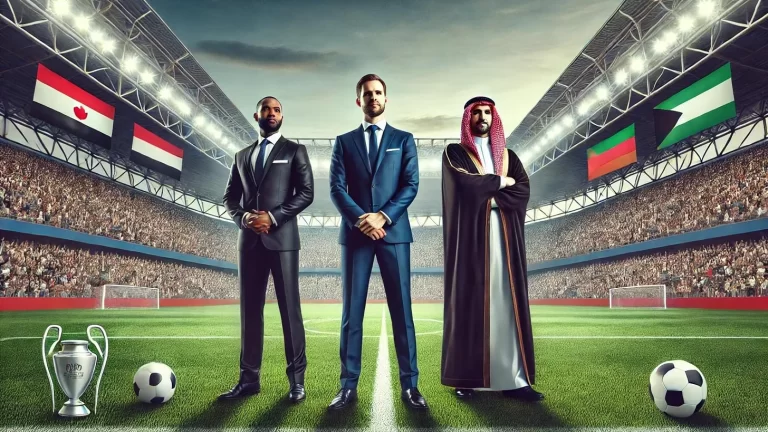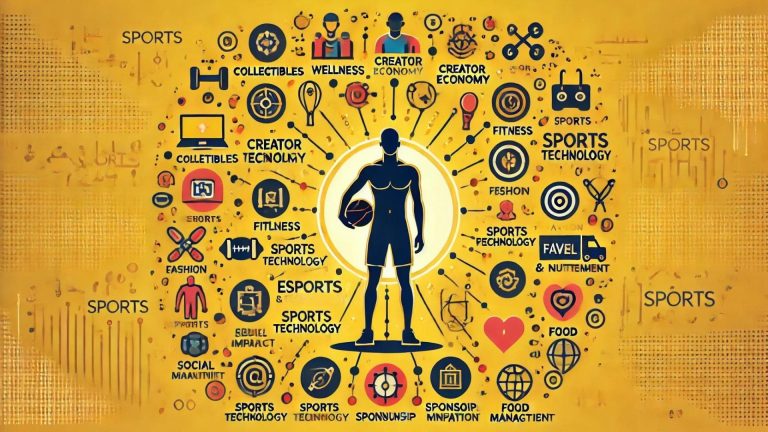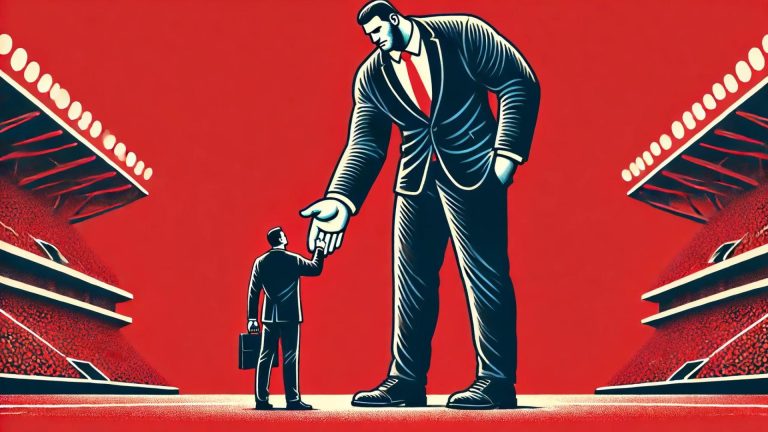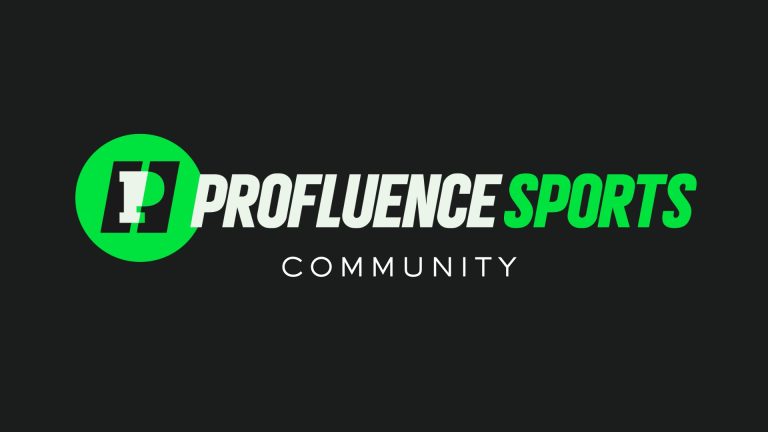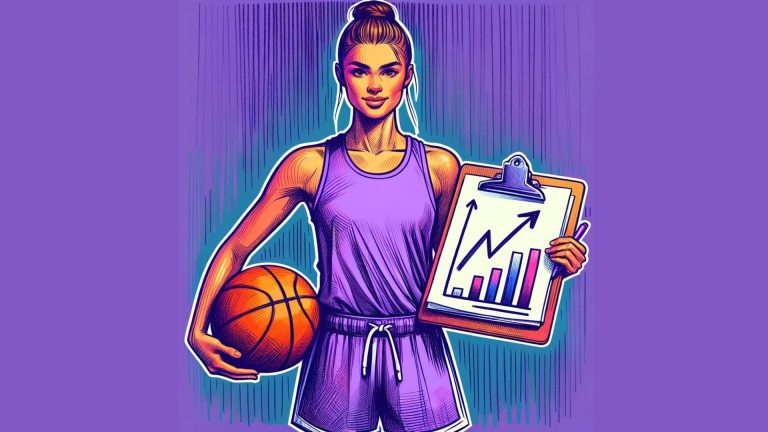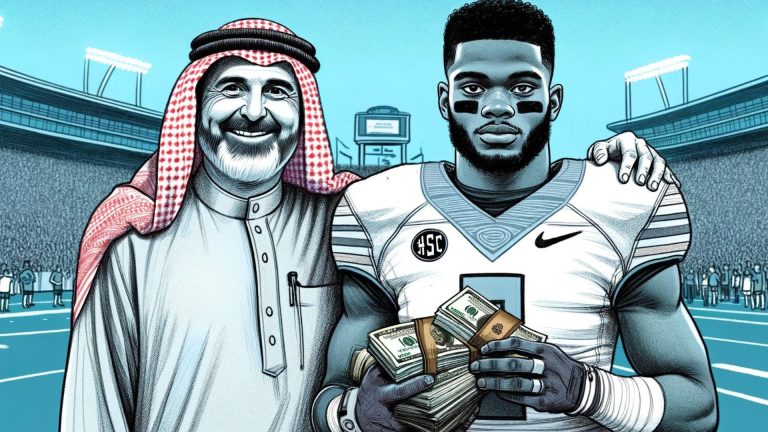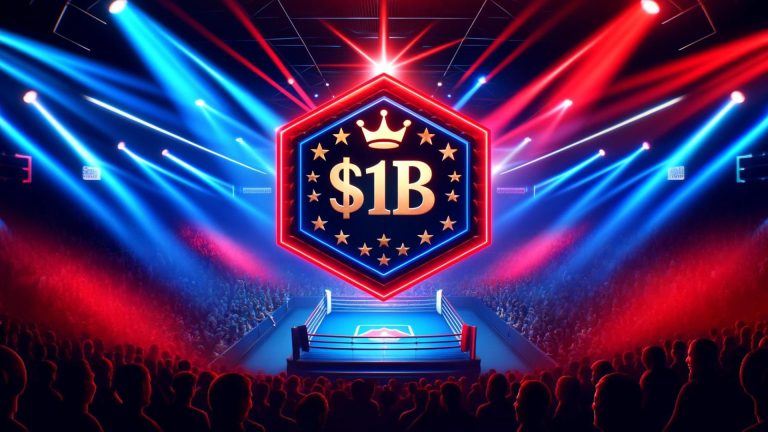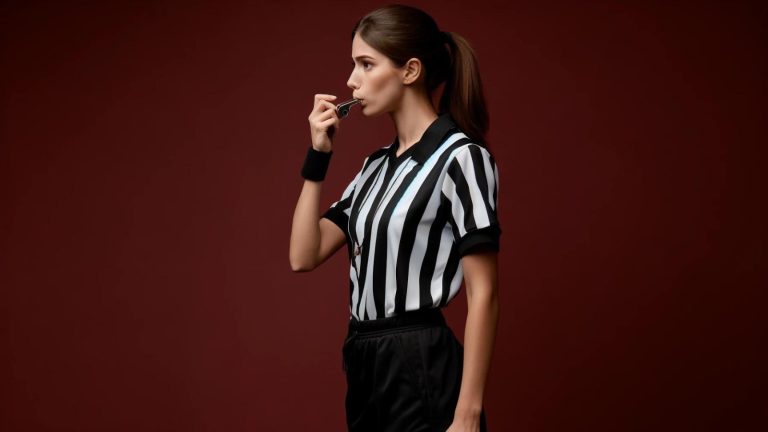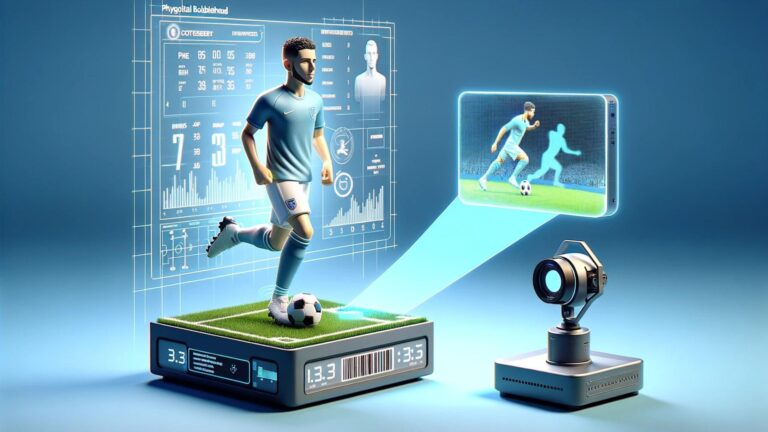10 years ago if you would have said to an athlete “you want cash or equity in this deal?” — they would have laughed in your face.
“Cash! Give me cash!” they would have said.
But oh how that’s changed…
Athletes have started investing in companies and/or taking equity stakes.
And we’ve seen wild results:
- Kevin Durant’s 3000% return on Coinbase
- Kobe Bryant’s $600M payout w/ BodyArmor
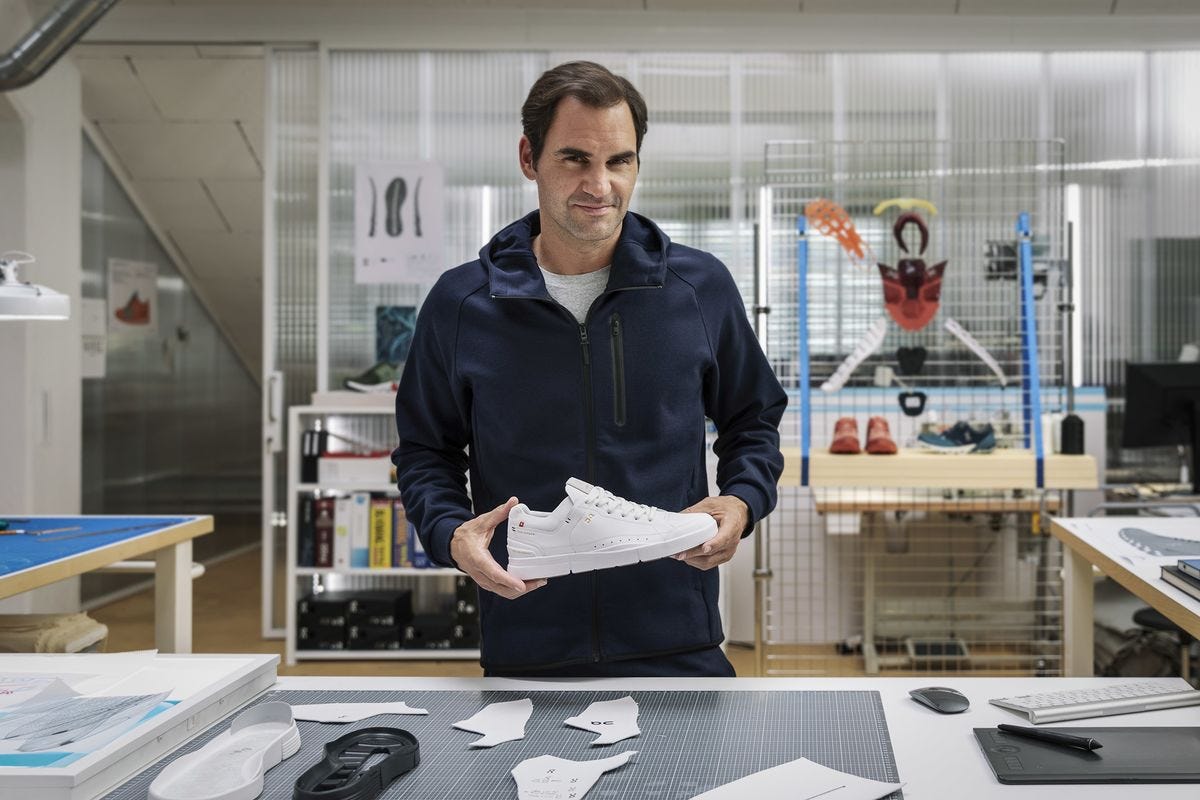
- Roger Federer’s $300M payout w/ On
- + countless other success stories (that I’ve covered on my Twitter page for 2 years now)
This dynamic has shaken up a lot of industries — and shown the true power of athletes.
Let’s explore it further 👇
The Main Factors
There are three main things at play…
Social Media
Athletes are the new distribution.
With massive social media followings, they can influence a lot of people.
At the start, this led to huge endorsement/influence marketing deals — but these deals today often involve equity.
Imagine this…
Instead of signing with Nike, Lebron James created his own shoe brand. 👀
Massive success would follow — which is what we saw with Roger Federer and OnRunning.
But it goes a layer deeper…
Democratized Knowledge
At the tip of our fingers, we now have access to the entire world.
I talk daily with people from Australia, India, LatAm, Europe, and Africa.
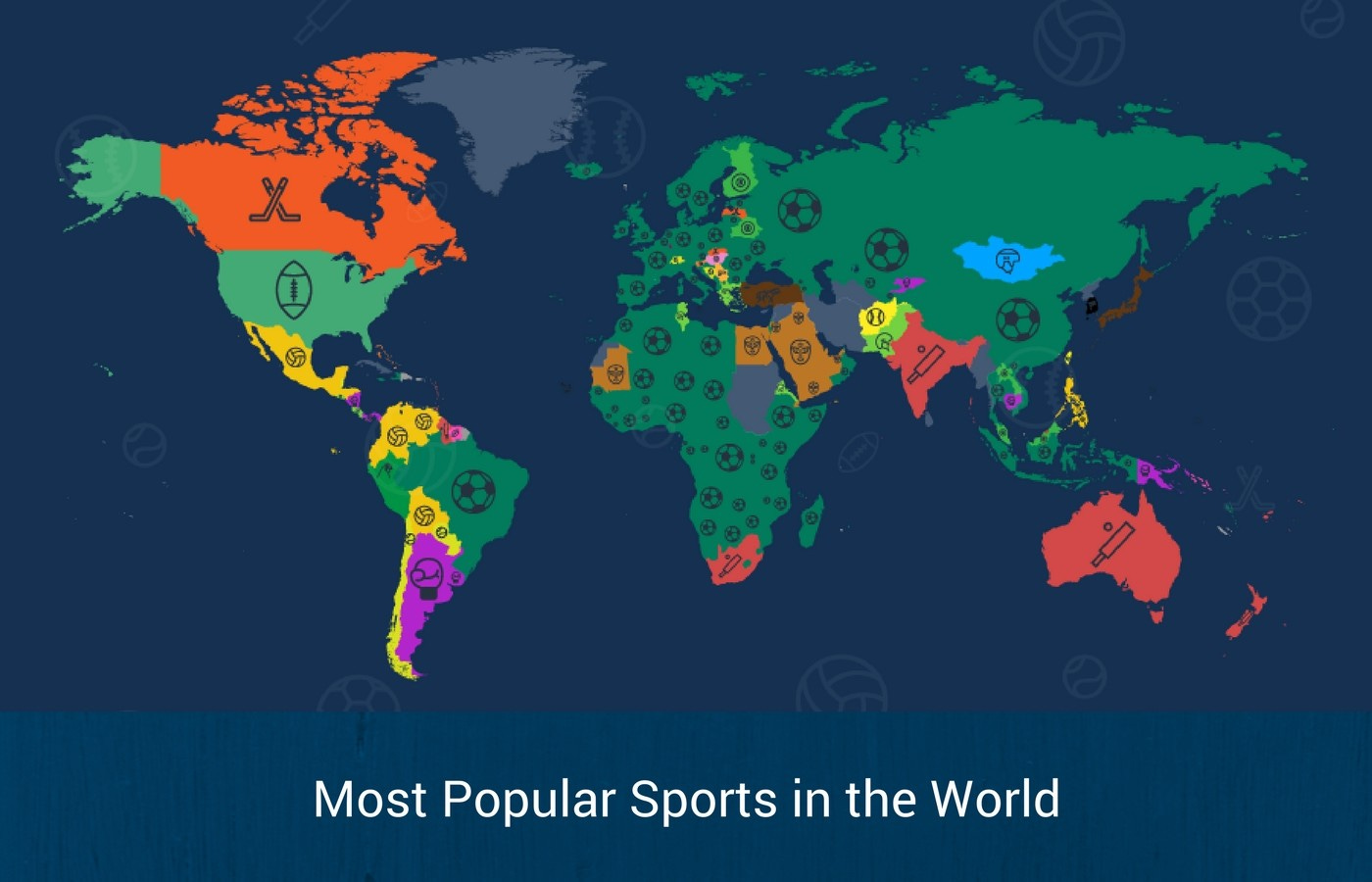
Even education is in for a massive adjustment.
Between YouTube, Social Media, Google, ChatGPT, and Podcasts you can learn anything (and from experts in their fields).
Corny prankers and revealing girls will always be on the internet.
But so are computer scientists, venture capitalists, and university professors.
Athletes are popular on social media, but they also use social media themselves (and often to be educated, not just entertained).
For example…
Footballer Mario Goetze has one of the largest social media followings of any athlete in the world (24.2 million combined followers).
He also uses social media and newsletters to learn more about investing and sports business.
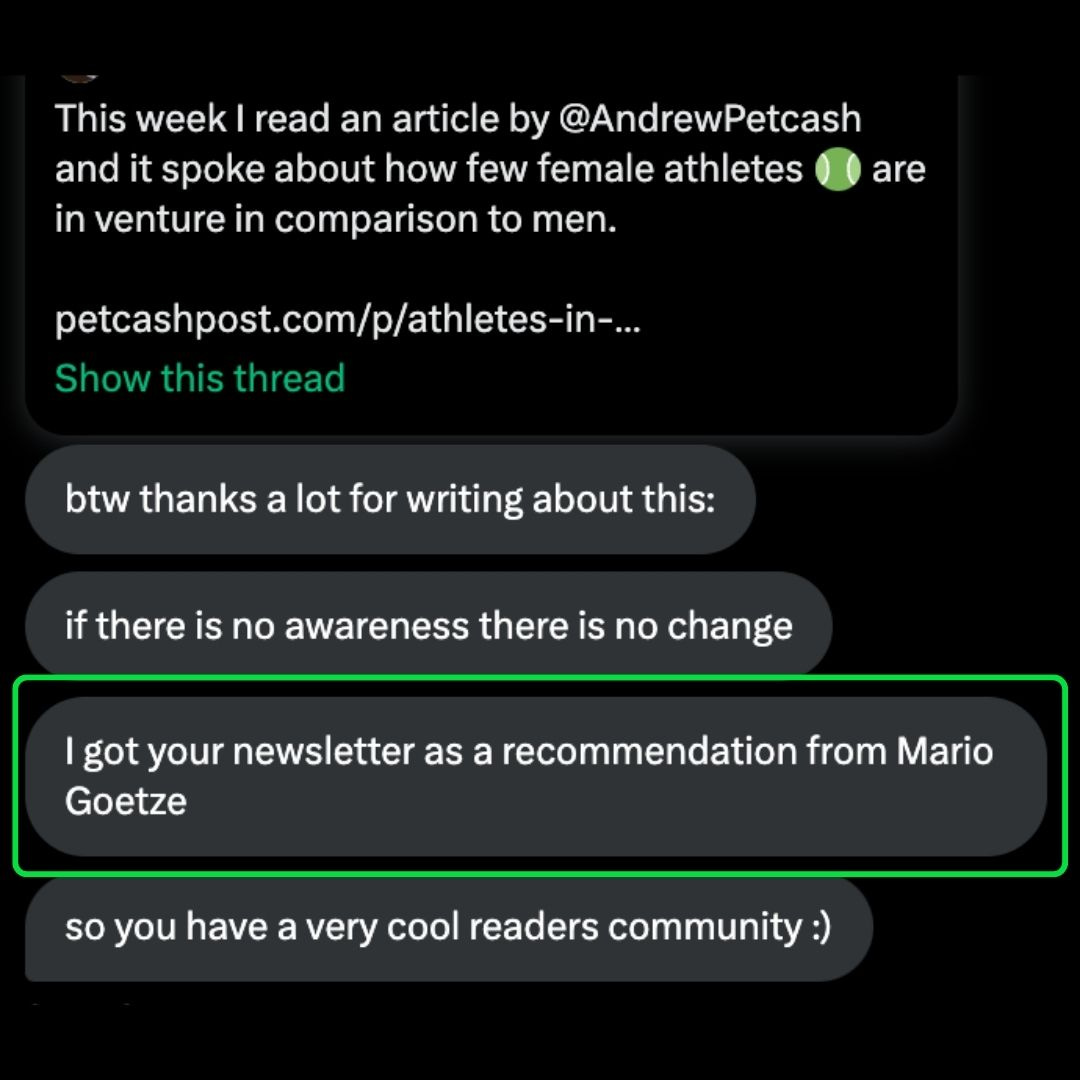
And this is spreading downstream…
NILs Changed the Perception
Young athletes look up to these superstar athletes — who are now also entrepreneurs and investors.
Thanks to NIL, they can implement many of the same things they see pro athletes doing (albeit on a smaller scale).
- brand deals
- podcasts shows
- investing in companies
- giving back to the community
Whether or not these kids make it as professional athletes or content creators doesn’t matter…
Why?
Because they’re learning so many real-world business lessons that couldn’t have been experienced in a classroom.
Post-Playing Days
Hanging up the proverbial cleats isn’t as hard as it use to be.
Sports do wonderful things when combined with a business savvy:
- grows social media accounts
- opens up business opportunities
- teaches real-world business lessons
- creates an insane network around you
For example, a 2013 survey studied 821 top female executives and found that 90% of them had played organized sports while growing up.
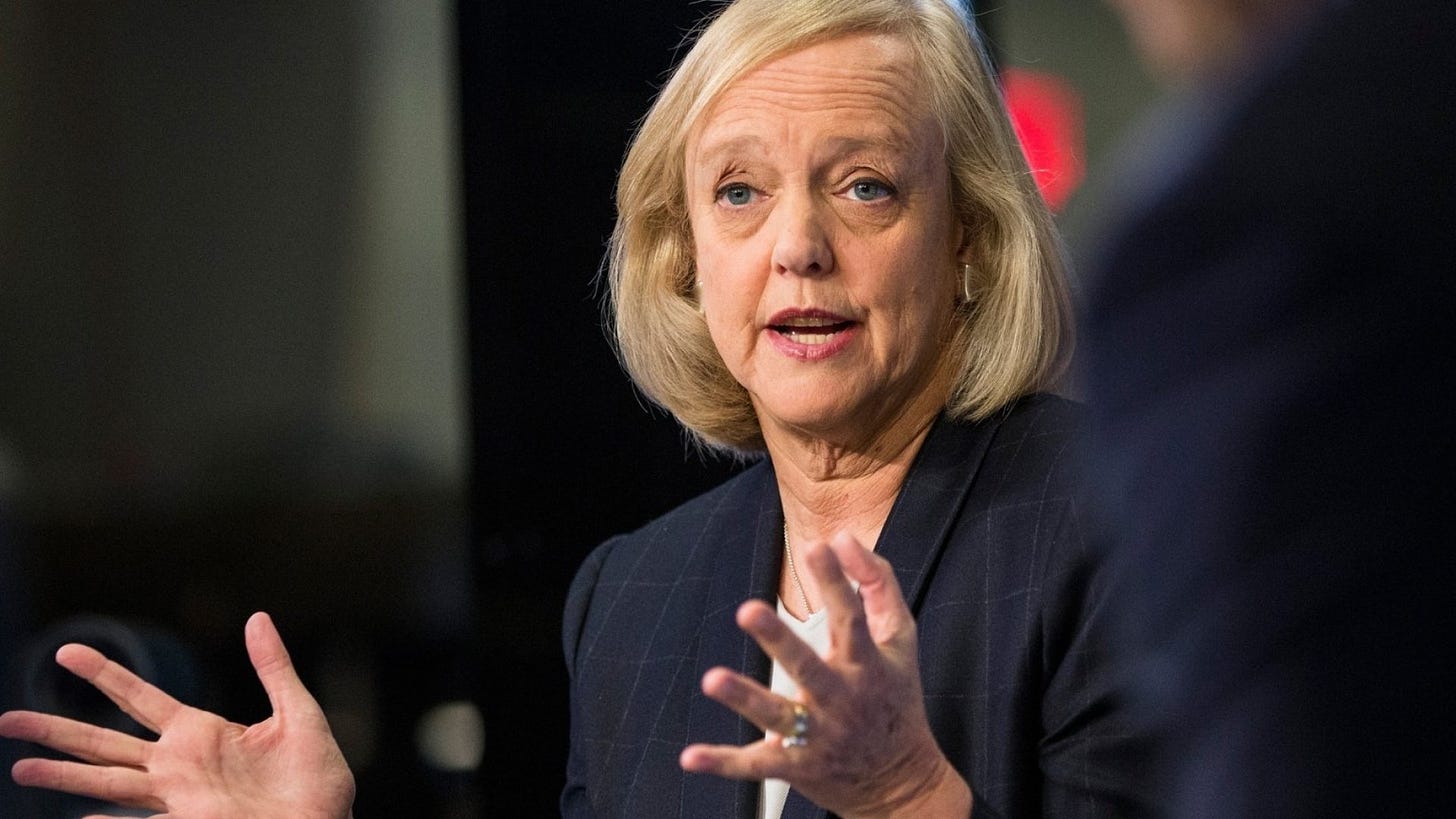
But it gets even wilder…
52% of these female executives played at the collegiate level.
Equity or Cash
Many athletes are just now starting to realize the leverage they have.
When negotiating with large public companies — they’ll usually just get cash.
But in any growing private company, the discussion is often a mix of cash and equity.
Companies (and athletes) see this as a strategic advantage — they both have a vested interest in the company’s future success.
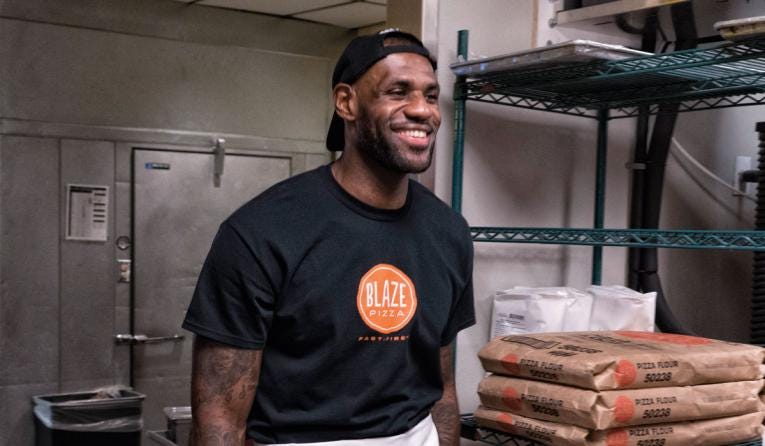
Here’s how a deal may look…
Athlete gets:
- $25,000 upfront
- 1% equity vested over 2 years (or based on deliverables)
Company gets:
- 1 photoshoot
- 4 social media posts a year
- Ability to use the athlete in PR/marketing materials
All of this is situation dependent (and has other factors not accounted for here).
On top of that, it usually happens on a tipping scale:
- more cash = less equity
- less cash = more equity
It falls on both the company and the respective athlete/agent/business partner to negotiate all of the details.
And we’re now even seeing a spin on this…
Owning Upside in Athletes
Private equity has its footprint all over sports right now (mostly in the form of owning teams).
But it can also be found elsewhere…
Owning the upside potential of athletes.
The first attempt was in 2013 when Fantex allowed fans to buy upside stakes in the future earning potential of athletes.
Unfortunately, they signed 19 football players who never hit their next big contracts (forcing the company to shut down).
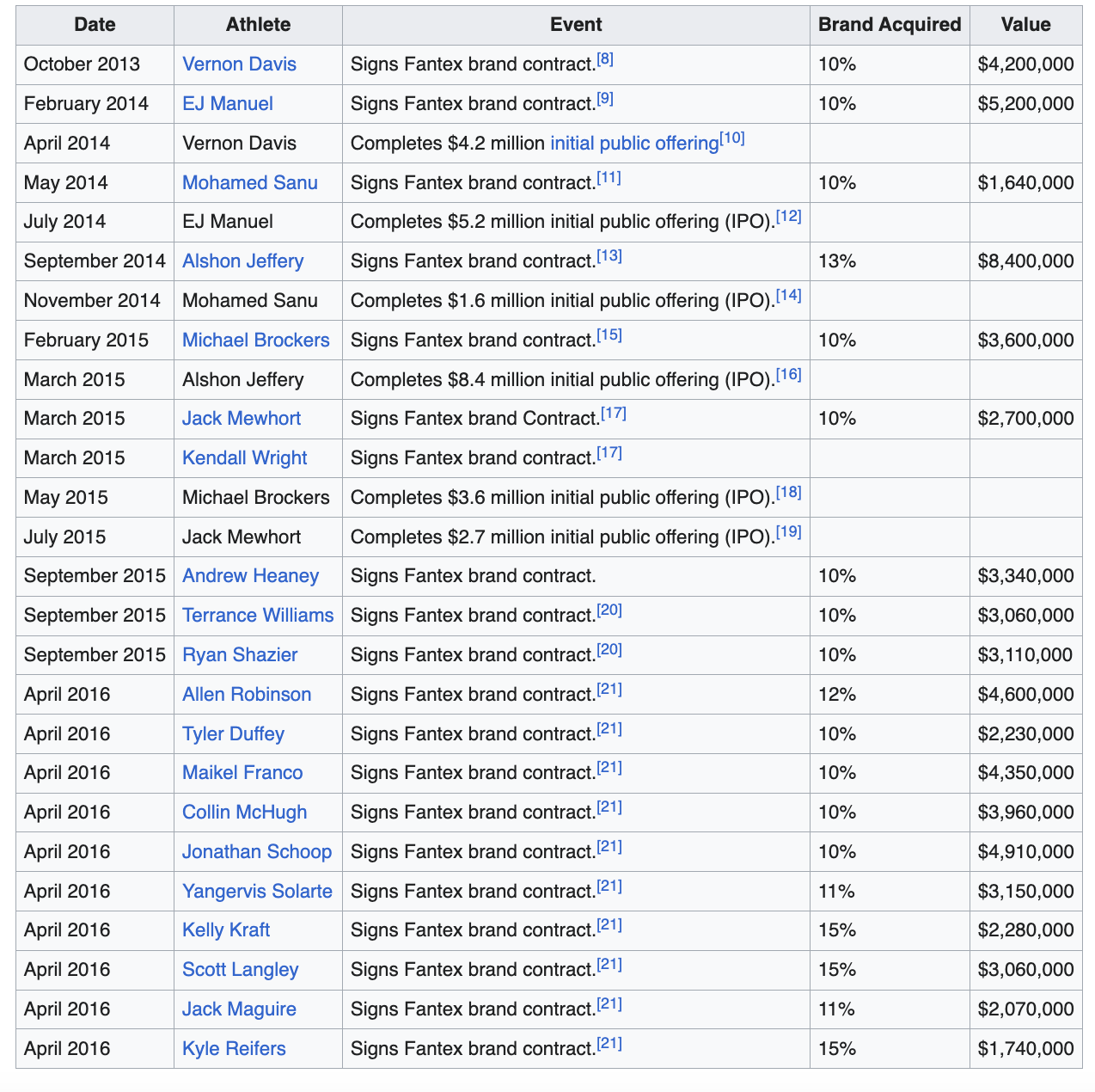
But their idea led to the creation of Big League Advantage (BLA), which has nailed the model in minor league baseball.
According to Big League Advantage, the firm paid out $26 million to 77 minor-league baseball players in 2017.
Players typically give up 8% of future earnings for a check while they’re still in the minor leagues (only 1/10 players will ever make the MLB).
BLA made ~$30M when Fernando Tatis Jr. signed a $340M contract last year.
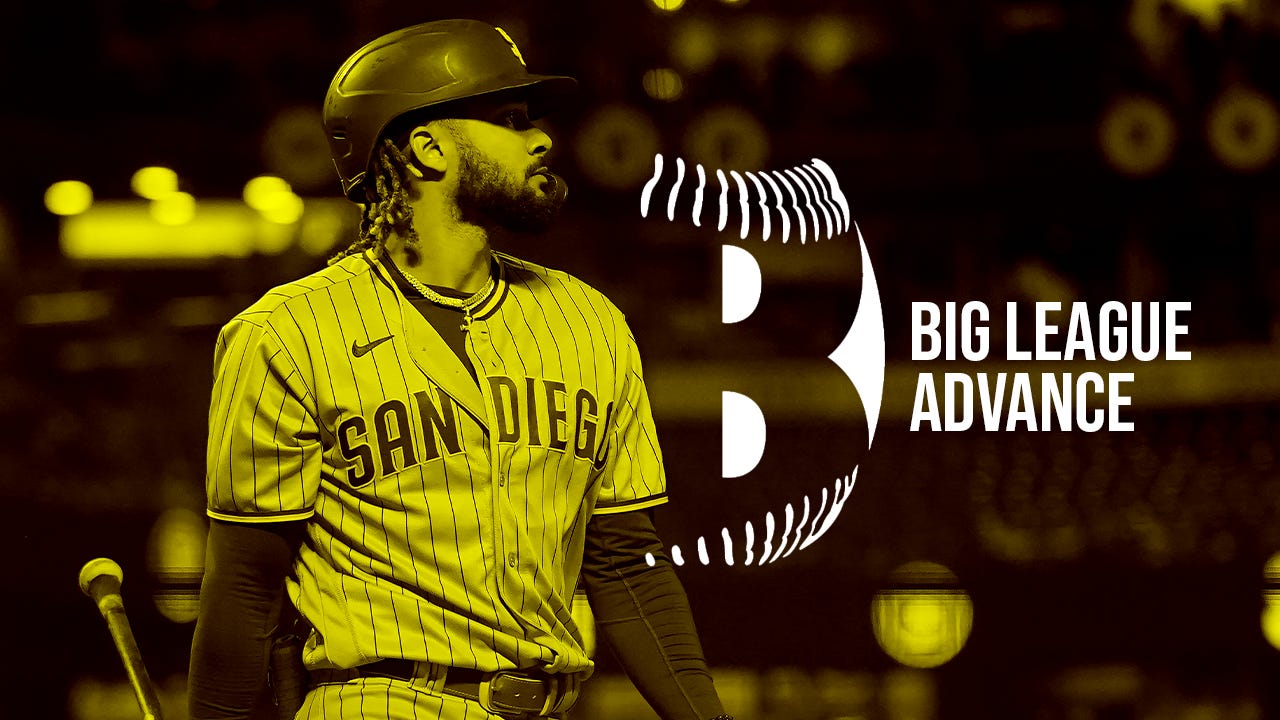
And now we’re seeing platforms like Fantex reemerge, such as Carry Golf where fans can fund pro golfers.
Who is taking a completely different spin on this.
